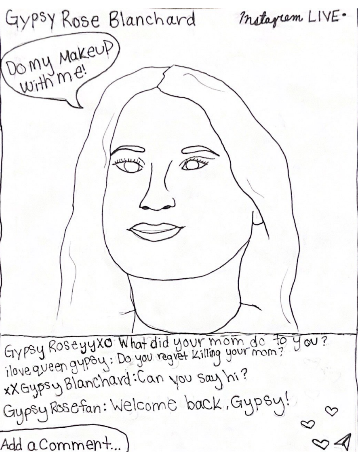Our Editorial: Turning a new leaf

October 12, 2016
Each year, teachers from a specific department from both North and South form a committee to review their curriculum, and their proposed changes are then analyzed by the Board of Education. This year, the English department falls under inspection, and the North Pointe Editorial Board has a few suggestions.
In previous review years, progressive changes were made to the English Department regarding the sequence of classes for non-AP English students. Power of Language was added as an alternative to Humanities, allowing students who did not want to take the AP track to enhance their reading and writing skills before college.
As it goes under review this school year, the Editorial Board thinks that the department should consider including more novels by authors of color as part of the curriculum.
Studying topics such as racial oppression and injustice are already a focus in most of the English classes, and the Board believes that should stay the same. Students spend time discussing the connotations of Huckleberry Finn and Jim’s relationship in American Literature and the injustice behind Tom Robinson’s trial in “To Kill A Mockingbird” in Freshman English. But ironically, despite the efforts to expose students to our culture’s history of racial bias, students do not read any books actually written by non-white authors.
That’s not to say that authors of color are completely bypassed. Students spend some time on poems and short stories written by authors such as Maya Angelou and Langston Hughes. However, the amount of time spent studying their works are much shorter in comparison to the time spent reading entire novels written by predominantly white authors.
The current English curriculum for all high school students in our district includes many iconic novels and plays such as “The Adventures of Huckleberry Finn,” “To Kill a Mockingbird,” “The Crucible” and “Great Expectations.” Though some of these books discuss topics such as oppression and racial prejudice, they are all told through the eyes of a white person.
The fact is that these white authors did not experience slavery and were not oppressed. The white authors may have observed racist instances, but only an author who has experienced it first-hand will truly know how to convey it. For a rounded education, students should be reading full works by authors of color. As the department teaches history through literature, which is a noble pursuit, there should be a diverse spectrum of authors in the list of core novels to ensure a full and balanced education.
Spending time on the “classics” is important, but when they are all written by white authors, students aren’t afforded a complete understanding of the time period they are trying to learn about. “The Adventures of Huckleberry Finn” builds a solid understanding of the 1830s and ‘40s, but is satirical at its core. Books such as “The Color Purple” by Alice Walker and “Roots” by Alex Haley may provide deeper exposure to racist time periods in our nation’s history. Especially after the racist incidents that occurred in our community last year, all students could benefit from reading texts from a more diverse standpoint.
If adding or substituting in more books by oppressed authors is not a possibility, the current units that include works by oppressed authors should be prioritized. Ideally, instead of cramming these authors into shortened units through poems and short stories, full novels by authors of color would be required reading and fully implemented into the curriculum.
As we graduate and venture into college and beyond, it is important that we have been exposed to both classical works as well as those that deal with the tough topics in life such as racial prejudice. While books by authors of color may not be as old or well-read as books like “Frankenstein” or “The Great Gatsby,” they hold equal, if not more, importance when it comes to educating students on periods of oppression.












